‘A SON IS THE DAD’S LOVER FROM A PAST LIFE’ as a part of ‘Work The Muscle’
Galleri Seilduken, Oslo, Norway5-8 Nov 2020
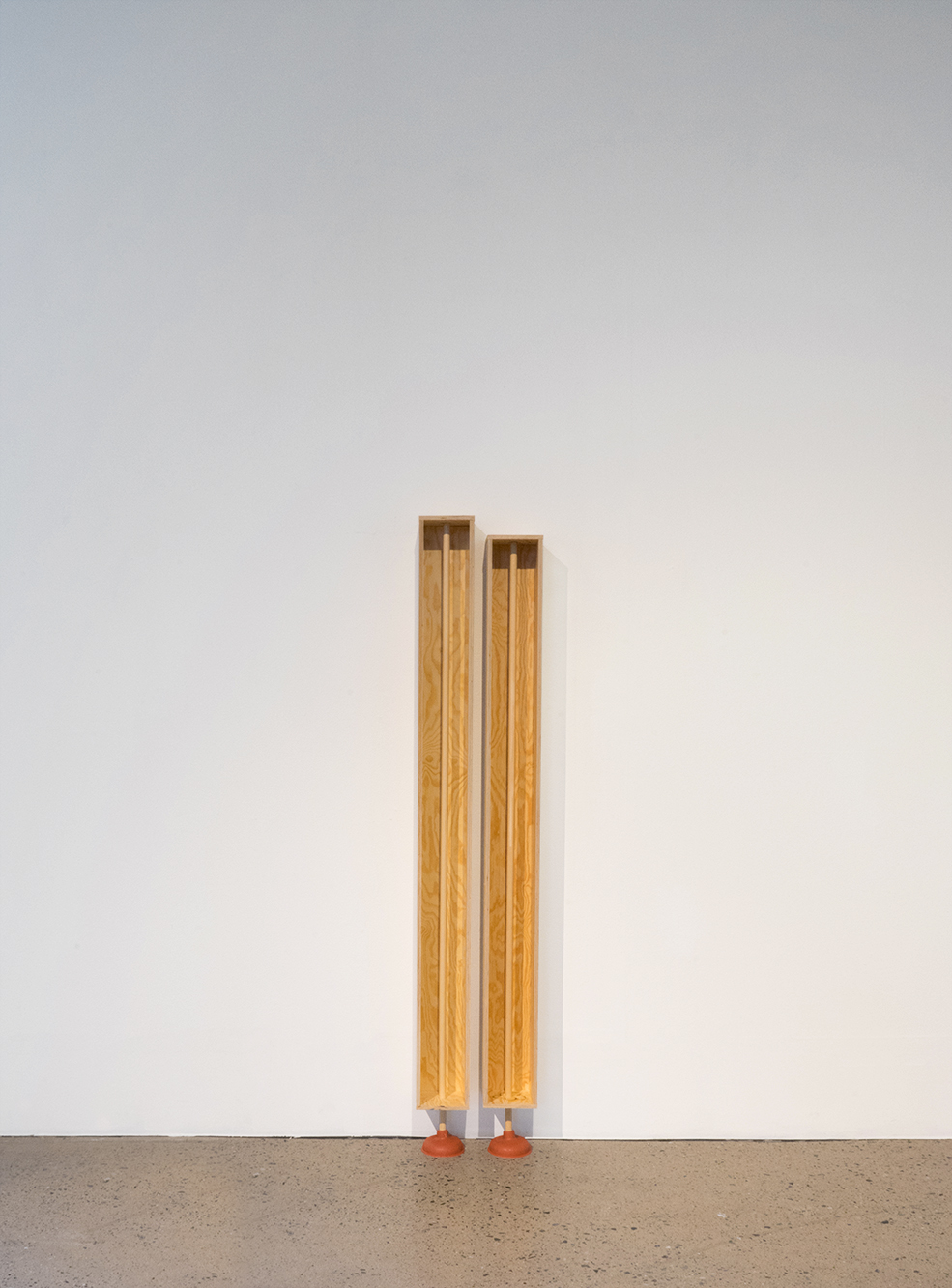
‘A Son is the Dad’s Lover From A Past Life’; installation; pine wood, laser engraved flowers, wooden dowel rods, rubber plungers; 174x16x16 & 168x16x16 (cm)
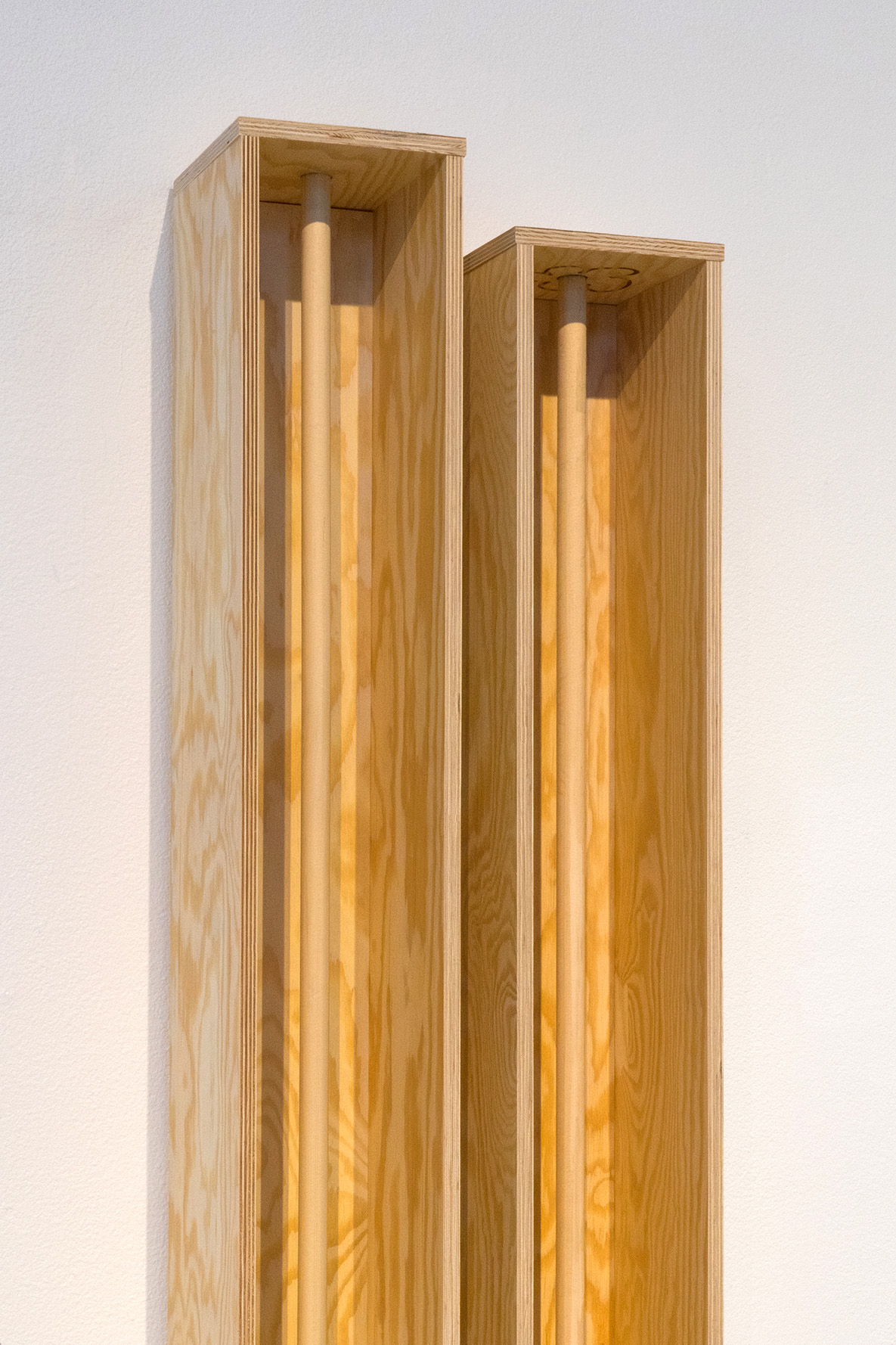
Close-up of ‘A Son is the Dad’s Lover From A Past Life’
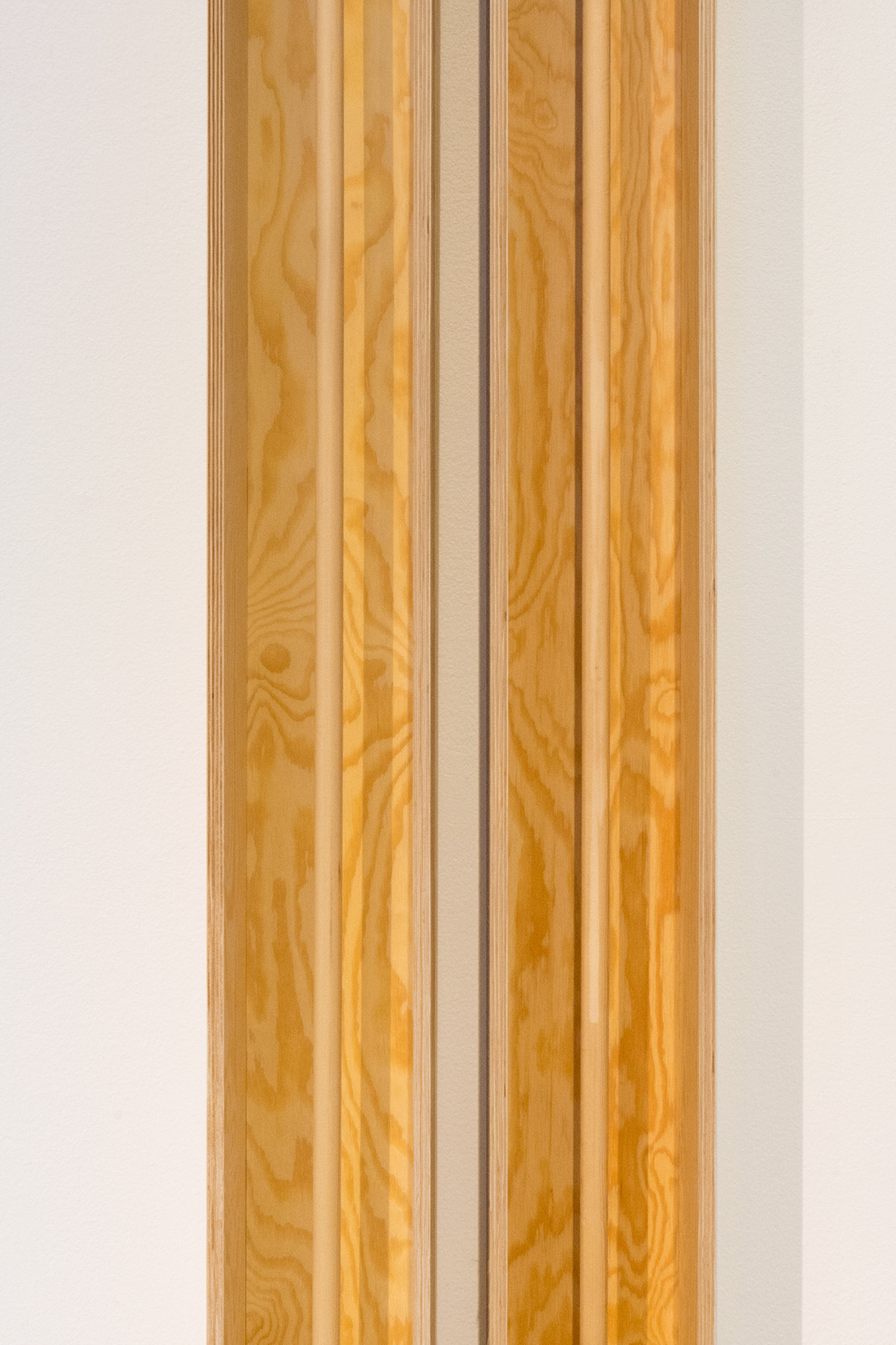
Close-up of ‘A Son is the Dad’s Lover From A Past Life’
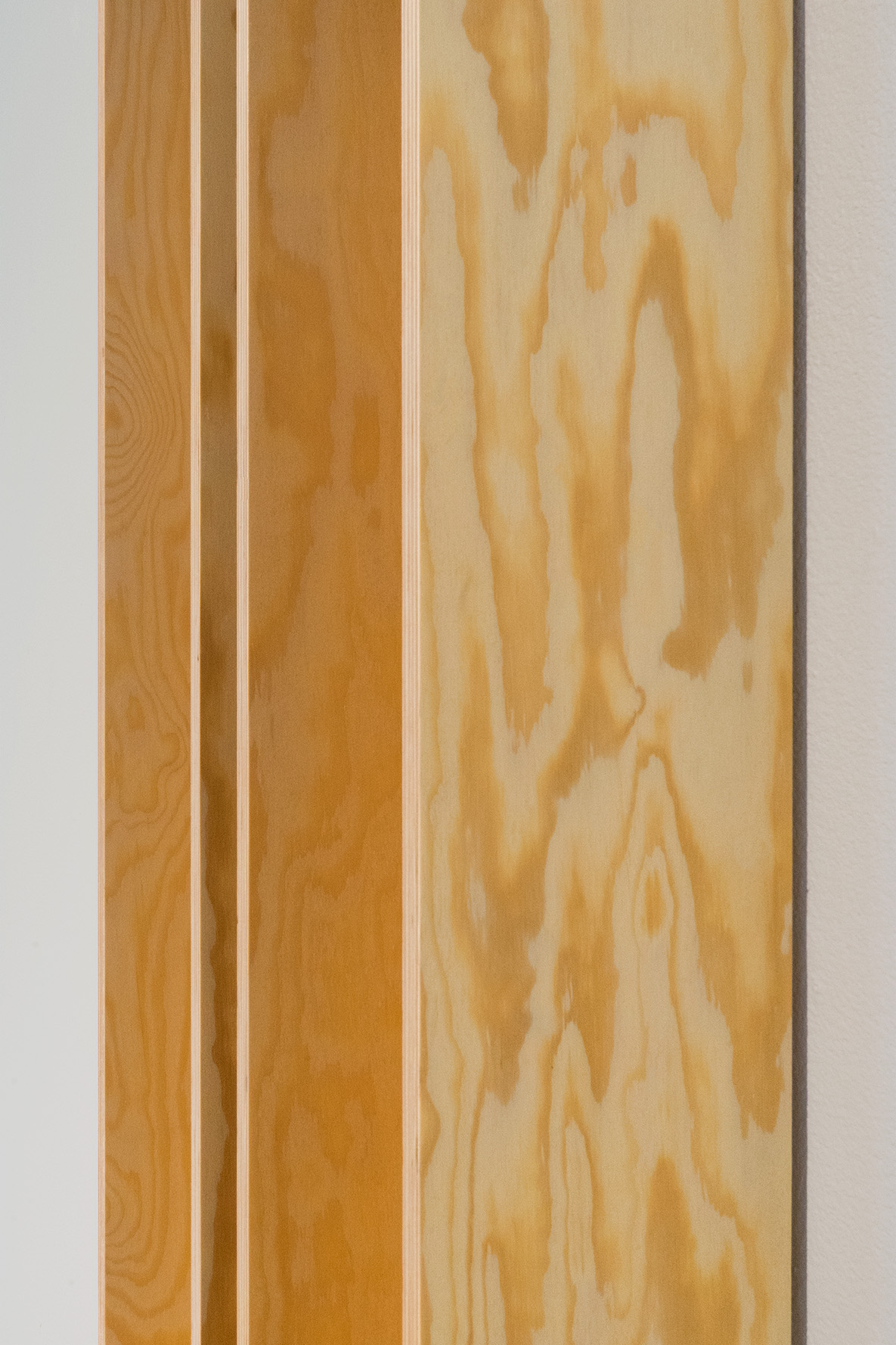
Close-up of ‘A Son is the Dad’s Lover From A Past Life’
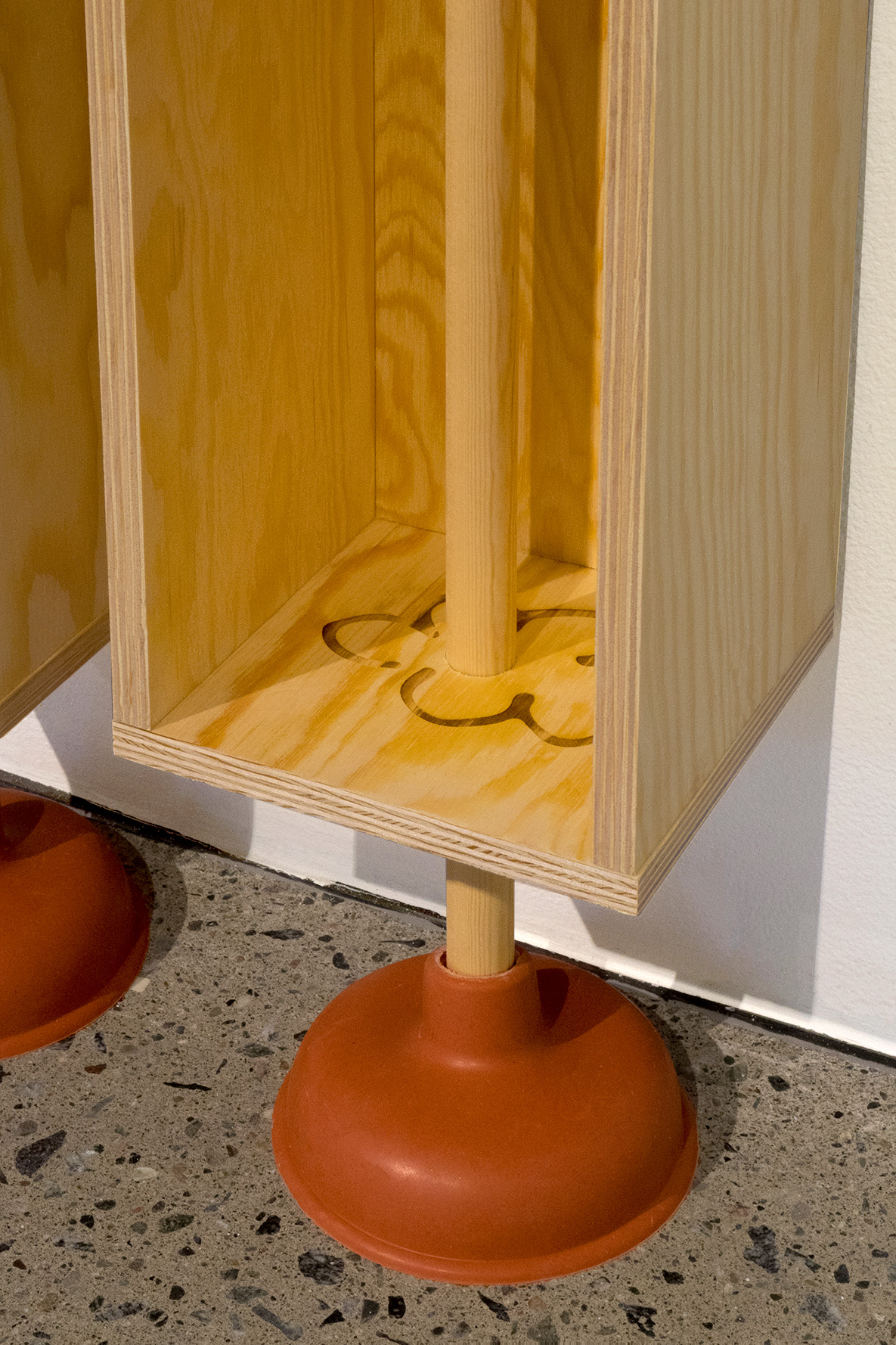
Close-up of ‘A Son is the Dad’s Lover From A Past Life’
(Photo documentation by Jacky Jaan-Yuan Kuo)
‘A daughter is her father’s lover from a past life,’ is a Chinese proverb, drawing a parallel between the intensity of a father’s love for his daughter to the affection in a lovers’ romance, love that continues beyond a lifetime.
However selfless the affection, the implication of reincarnation, or family ethics might be, the metaphor of lovers’ image is an over romanticism based on the male gaze. Together with gender stereotypes (the assumption of sexual orientation and gender role of a daughter), the fallacy of the erotic subject, the patriarchal ideology from a broader societal context is insinuated to the domestic.
‘A Son Is the Dad’s Lover from A Past Life’ is an attempt to shift the attention to a relatively ignored yet tensioned autobiographical father-son relationship. By utilising the measurement of the bodies of my father’s and mine as a frame, the two one-way parallels are facing the compatible direction, endlessly enclosing, containing by themselves, yet failing to meet each other.
The columns, the bones, or the exaggerated handles reach down through the passages of floral patterns - the symbol of (homo)sexual organs - 1, sitting on the ineffective household dredging objects. The repetition of the materials and anomaly of the chests respond to the generational gaps, both in linguistic symbolic and sexual context, namely the latent messages of sexism and patriarchal structure in our society, which continuously permeate individual gender identity and unbalance the domestic relationship, and gender roles.
1
‘Chrysanthemum’ and ‘chrysanthemum gate’ (きくもん) are both slang and jocular appellation for the male anus and gay sex in Chinese and Japanese. They are named after the appearance of radial stripes of an external sphincter muscle of the anus, resembling a blossomy chrysanthemum.
Artist:
Ana Marques Engh, Bobby Yu Shuk Pui, Emil Kjærnli, Emilia Sølvsten, Fanny Fermelin, Jacky Jaan-Yuan Kuo, Sara Liv Hermansson, Signe Greve Persson, Solveig Ylva Dagsdottir
Support:
Oslo National Academy of the Arts (Kunsthøgskolen i Oslo)
(ENG︎︎︎中文) (︎︎︎Back to Overview)
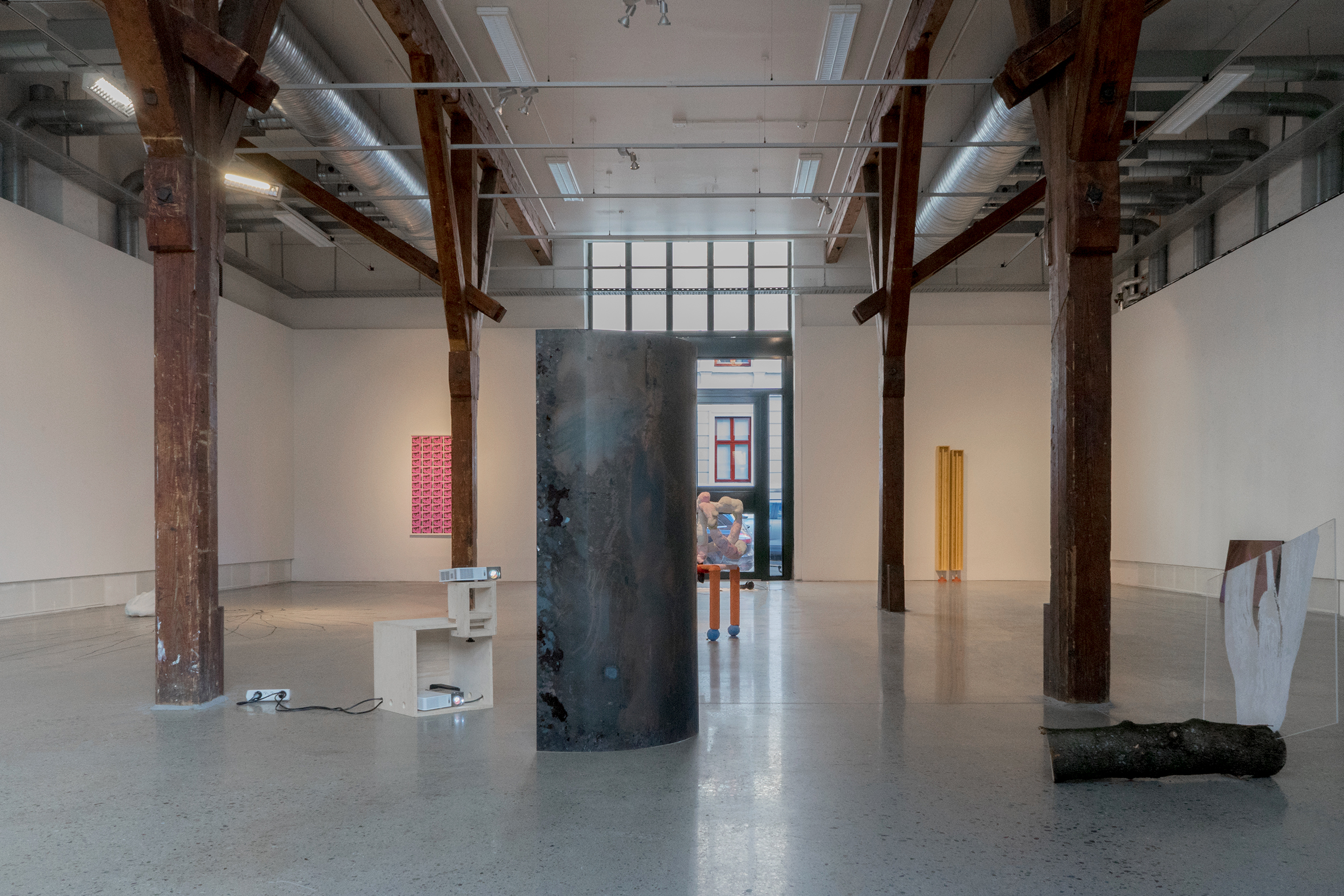
Installation view of ‘Work The Muscle’
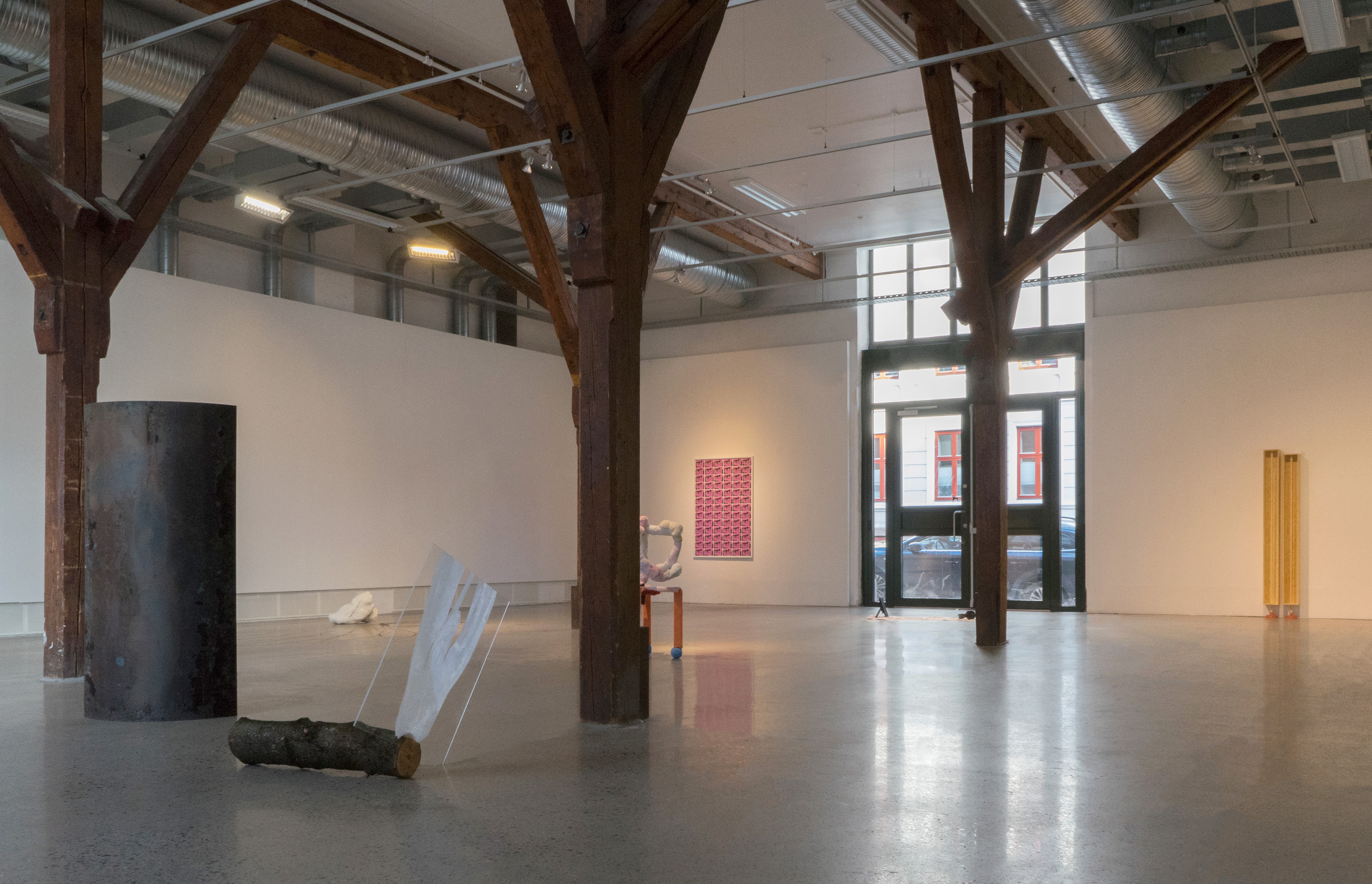
Installation view of ‘Work The Muscle’
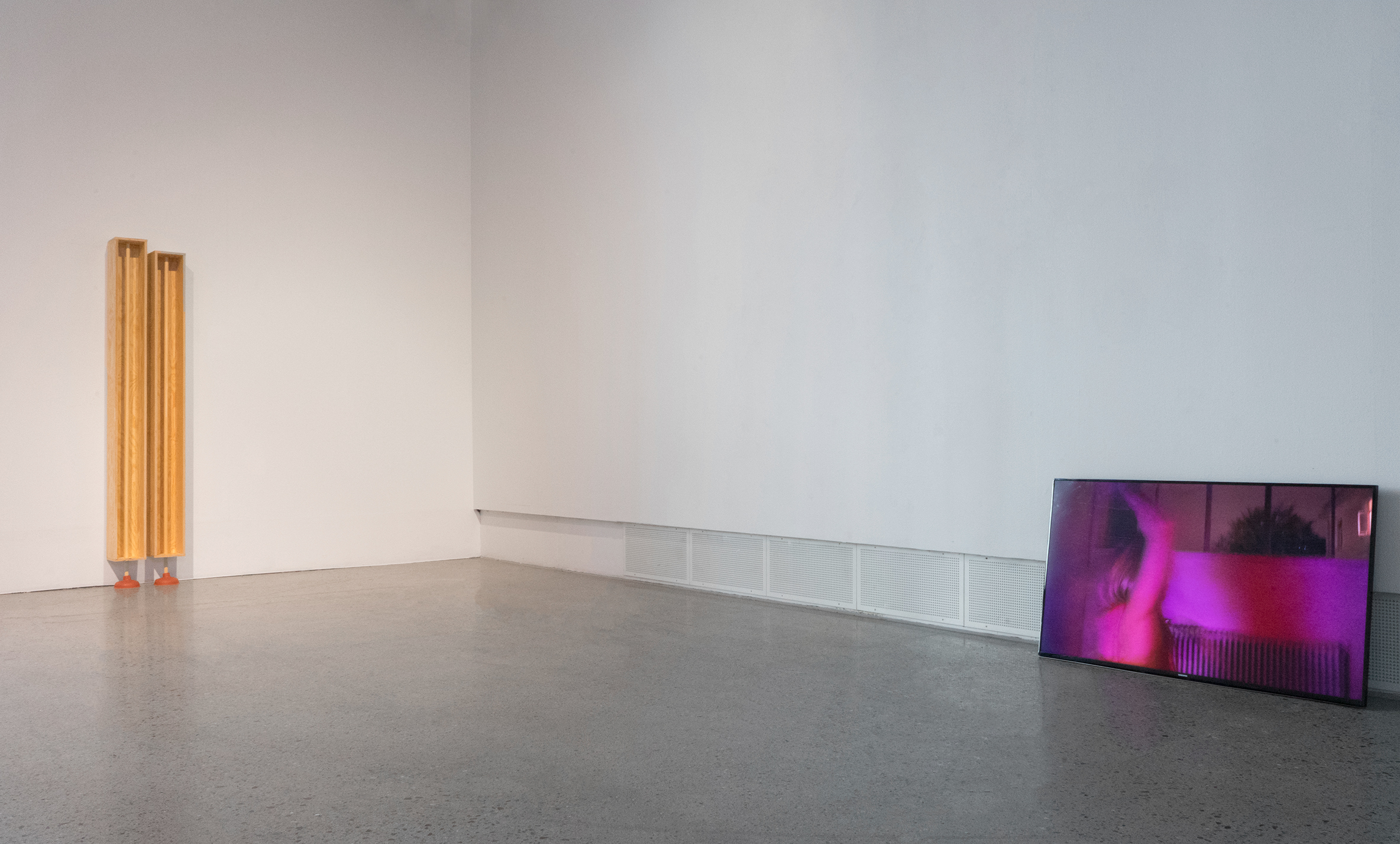
Installation view of ‘Work The Muscle’